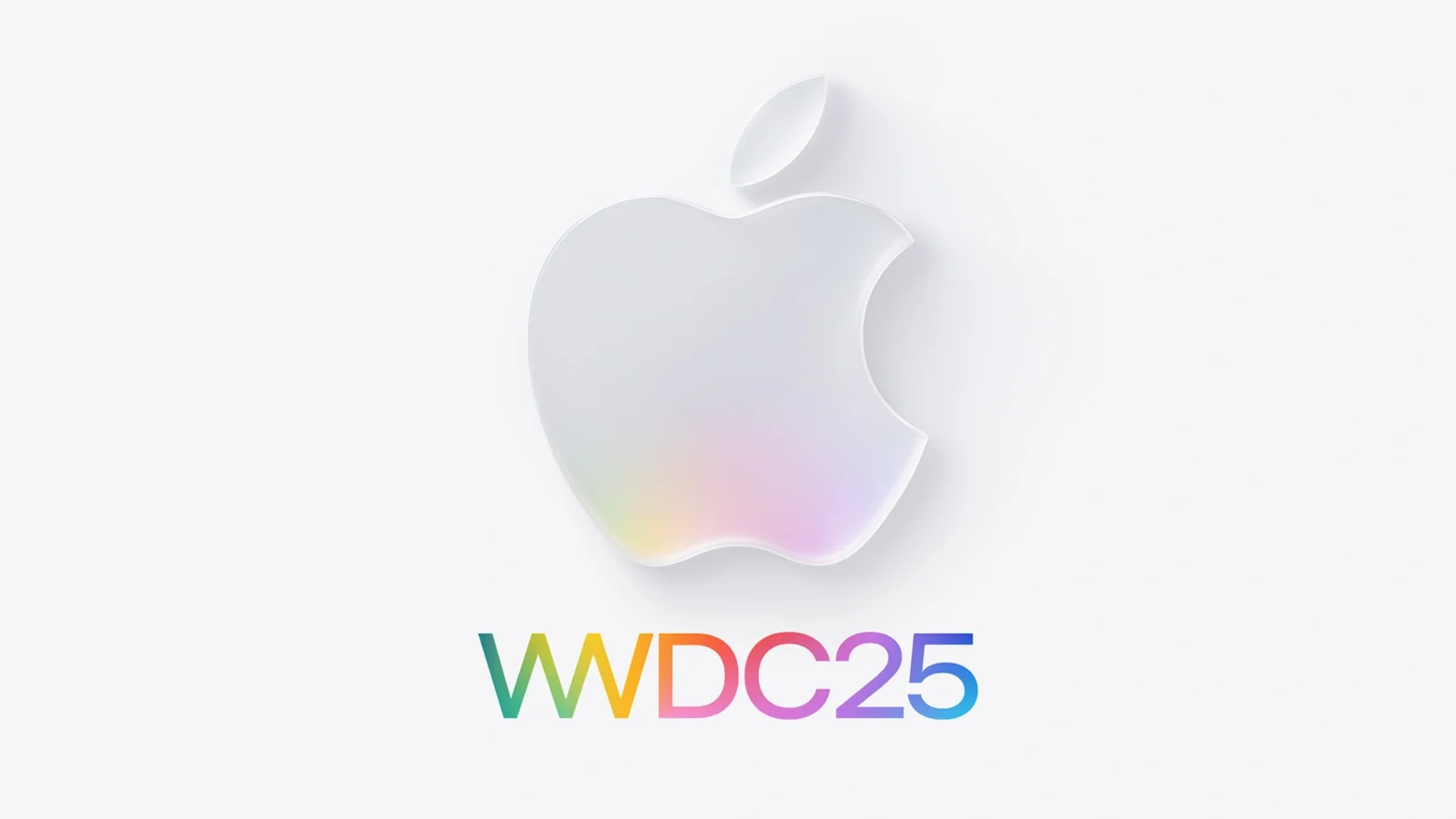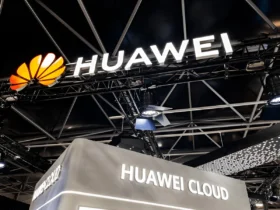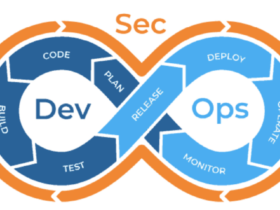The intersection of high-performance graphics and advanced artificial intelligence is rapidly defining the future of computing. In a groundbreaking move that underscores its commitment to on-device intelligence and unparalleled developer tools, Apple has officially announced Apple Introduces Metal 4 with Native AI. This pivotal update to its low-level graphics and compute API brings deep, native integration of AI and machine learning (ML) capabilities directly into the framework, promising to revolutionize how developers harness the power of Apple Silicon for everything from cutting-edge gaming and creative applications to enterprise-grade AI workloads across the entire Apple ecosystem.
What is Metal and the Significance of Metal 4?
Metal is Apple’s proprietary, low-overhead, hardware-accelerated 3D graphics and compute API (Application Programming Interface). Introduced in 2014, it provides developers with direct access to the graphics processing unit (GPU) and other hardware features, enabling highly efficient rendering and parallel computation. It forms the backbone of graphically intensive applications, games, and professional creative tools across macOS, iOS, iPadOS, tvOS, and visionOS.
The progression from Metal 1 to Metal 3 saw continuous enhancements in rendering techniques, ray tracing, mesh shaders, and GPU compute capabilities. Metal 4 represents a paradigm shift, not just an iterative improvement. Its significance lies in its explicit and deeply optimized integration of “Native AI.” Previous versions allowed ML inference via frameworks like Core ML, which internally leveraged Metal for GPU acceleration. However, Metal 4 introduces dedicated, first-party AI primitives and optimizations at the native API level, making AI workloads as fundamental to the framework as graphics rendering. This signals Apple’s strategic intent to bake AI performance directly into the core silicon and software stack, providing developers with unprecedented control and efficiency.
Unpacking “Native AI” in Metal 4 : Capabilities and Performance Gains
The “Native AI” aspect of Apple Introduces Metal 4 with Native AI is arguably the most impactful feature, setting a new standard for on-device machine learning performance and development ease.

Core Capabilities Introduced with Native AI :
- Dedicated AI Operators and Primitives: Metal 4 provides a new set of low-level APIs specifically designed for common AI/ML operations (e.g., convolution, matrix multiplication, activation functions) that are highly optimized for Apple Silicon’s Neural Engine and GPU compute units. This allows developers to construct and execute AI models with minimal overhead.
- Neural Engine Integration: While Core ML previously accessed the Neural Engine, Metal 4 offers more direct and granular control, allowing developers to fine-tune how AI tasks are distributed and accelerated across the CPU, GPU, and dedicated Neural Engine for maximum efficiency.
- Hybrid AI Workloads: It facilitates seamless integration of AI inference within existing graphics pipelines. For example, a game could use AI for super-resolution (upscaling), intelligent NPC behavior, or realistic character animation, all executed on the GPU as part of the rendering loop, without complex data transfers or synchronization issues between different frameworks.
- Memory and Power Optimization: The native integration means AI computations can leverage Metal’s efficient memory management and resource allocation, leading to significant power savings and sustained performance, critical for mobile devices and battery-powered AR/VR experiences.
- Advanced Data Type Support: Support for optimized data types (e.g., FP16, INT8, even custom lower-precision formats) specifically tailored for neural network inference, further boosting performance and reducing memory footprint.
Performance Gains :
Developers can expect a substantial leap in AI inference performance on Apple Silicon. While exact figures depend on the specific model and hardware, preliminary benchmarks and developer previews suggest:
- Up to 2x-5x faster inference for certain large language models (LLMs) and diffusion models compared to Metal 3 with Core ML, due to reduced overhead and direct hardware access.
- Significantly improved energy efficiency, meaning AI-powered features can run longer on battery-powered devices without excessive heat generation.
- Lower latency for real-time AI applications, such as live object detection in AR or immediate response in AI-driven game mechanics.
This native integration positions Metal 4 as a formidable platform for developers looking to build next-generation AI-powered experiences. For a detailed technical overview of the new APIs, Apple’s official Metal Developer Documentation is the authoritative source.
Impact on Apple’s Ecosystem: Mac, iPhone, iPad, Vision Pro, and Beyond
The introduction of Apple Introduces Metal 4 with Native AI has far-reaching implications across Apple’s entire hardware and software ecosystem, cementing its position as a leader in on-device AI.
- Mac: High-end Macs with M-series chips will become even more potent workstations for AI development, research, and deployment. This includes accelerating complex ML model training (not just inference), running sophisticated creative AI tools (e.g., AI-powered video editing, music generation), and enabling next-generation enterprise AI applications natively on macOS.
- iPhone & iPad: These devices, already leading in mobile AI, will see an explosion of smarter, more responsive applications. Expect hyper-realistic mobile gaming with AI-driven graphics, more capable on-device generative AI features (e.g., advanced image editing, personalized content creation), and highly intelligent personal assistants that run more complex queries locally.
- Apple Vision Pro & visionOS: The spatial computing platform stands to gain immensely. AI-powered real-time object recognition, scene understanding, natural language processing for intuitive interactions, and sophisticated AR content rendering will be significantly enhanced. This is crucial for seamless blending of digital and physical realities, making AI a silent, powerful enabler of immersive experiences.
- tvOS & watchOS: While perhaps less compute-intensive, even these platforms could benefit from more efficient AI for personalized recommendations, improved voice processing, and on-device data analysis, enhancing user experiences subtly but effectively.
- Developer Tooling: Xcode and related developer tools will be updated to fully leverage Metal 4’s AI capabilities, offering new debugging tools, performance profilers, and direct integration with popular ML frameworks.
This holistic approach ensures that developers building for any Apple platform can tap into consistent, high-performance AI capabilities, fostering a unified and powerful ecosystem.
Benefits for Developers and Users: Unleashing New Possibilities
The advent of Apple Introduces Metal 4 with Native AI brings a cascade of benefits, empowering developers to innovate and delivering richer, more intelligent experiences to users.
For Developers :
- Simplified AI Integration: Native APIs reduce the complexity of integrating ML models into apps, abstracting away low-level hardware intricacies and making it easier to leverage the Neural Engine and GPU.
- Optimized Performance: Direct hardware access via Metal 4 means developers can achieve maximum performance and energy efficiency for AI workloads on Apple Silicon, leading to faster inference and more capable on-device AI features.
- Unified Development: A single, powerful API for both graphics and AI compute streamlines development workflows, especially for applications that heavily rely on both (e.g., games, AR/VR apps, creative suites).
- New Creative Horizons: The ability to run complex AI models efficiently on-device opens doors for entirely new application categories and features that were previously constrained by performance or cloud reliance.
- Competitive Advantage: Developers building on Apple platforms gain a significant performance edge for AI-powered features, helping their apps stand out in a crowded market.
For End-Users :
- Smarter, Faster Apps: Experience more responsive, intelligent applications that perform complex AI tasks locally, without reliance on internet connectivity or cloud latency.
- Enhanced Gaming: Enjoy more realistic graphics with AI-driven upscaling, dynamic environments, intelligent NPCs, and adaptive gameplay powered by on-device AI.
- More Powerful Creative Tools: Utilize AI features in photo and video editing, music creation, and 3D design that run seamlessly and quickly on their devices.
- Improved Privacy: With more AI processing happening on-device, sensitive user data can remain local, reducing the need for it to be sent to the cloud, thus enhancing privacy and security.
- Extended Battery Life: Efficient AI execution leads to less power consumption, allowing AI-powered features to be used more extensively without draining device batteries rapidly.
This symbiotic relationship between enhanced developer capabilities and superior user experiences is a hallmark of Apple’s platform strategy.
Competitive Landscape and Future Outlook
Apple Introduces Metal 4 with Native AI intensifies the competition in the rapidly evolving AI hardware and software landscape.
- Competition with NVIDIA and AMD: While NVIDIA’s CUDA remains dominant for large-scale AI model training in data centers, Apple’s integrated silicon (M-series, A-series) with Metal 4 provides a formidable alternative for on-device inference and application-specific AI, challenging NVIDIA’s Jetson line and AMD’s Instinct accelerators in the edge computing space. Apple’s full-stack integration from chip to OS to API is a unique differentiator.
- Rivalry with Other AI Frameworks: Metal 4 complements frameworks like TensorFlow Lite and PyTorch Mobile by providing a highly optimized underlying hardware abstraction. It will likely attract more developers to directly leverage Metal for maximum performance in scenarios where custom optimizations are critical.
- The AI Race: This move solidifies Apple’s position in the global AI race, emphasizing its strategy of delivering powerful, private, and efficient on-device AI capabilities across its vast user base. It reinforces the trend of moving AI workloads from centralized clouds to the edge.
Looking ahead, the future implications of Metal 4 with Native AI are profound:
- Pervasive AI: Expect AI to become an invisible, ubiquitous layer in all Apple applications, silently powering more intuitive interfaces, smarter content creation tools, and dynamic entertainment experiences.
- Advanced Spatial Computing: As AR/VR headsets become more commonplace, Metal 4 will be crucial for rendering highly complex mixed-reality environments and processing real-time sensor data for environmental understanding.
- Developer Focus Shift: Developers will increasingly leverage AI for rapid prototyping, content generation, and intelligent automation within their apps, shifting their focus towards design, user experience, and novel AI applications rather than raw performance optimization.
- Ethical AI Development: With powerful on-device AI, discussions around responsible AI development, bias mitigation, and data privacy will become even more critical, ensuring these powerful capabilities are used ethically.
Metal 4 is not just an API update; it’s a strategic declaration of intent, positioning Apple at the forefront of the on-device AI revolution.
The announcement that Apple Introduces Metal 4 with Native AI marks a significant milestone in the evolution of computing. By deeply embedding artificial intelligence capabilities into its foundational graphics and compute API, Apple is empowering developers to unlock unprecedented levels of performance and efficiency for AI workloads across its entire ecosystem. From revolutionizing gaming and professional creative applications to enabling smarter, more private experiences on iPhones, iPads, and Vision Pro, Metal 4 with Native AI is setting a new standard. This strategic move not only enhances Apple’s competitive edge but also accelerates the broader industry’s trajectory towards a future where on-device intelligence is not just an add-on, but an intrinsic, high-performance component of every digital experience.
Stay at the forefront of technological innovation and explore more expert insights into AI, graphics, and platform developments. Visit jurnalin for the latest news and in-depth analyses!










اترك رد